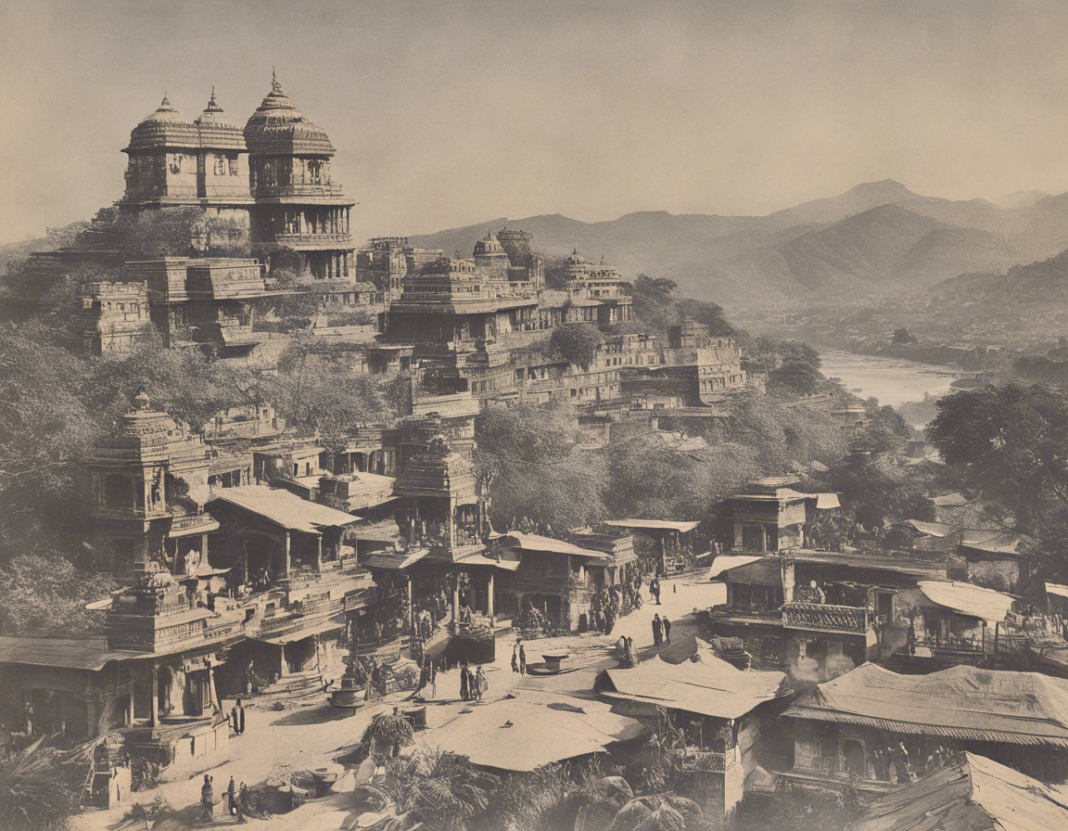Introduction
The Ramayana is one of the most revered and widely read ancient Indian epics. As a timeless treasure of wisdom and spiritual guidance, it continues to capture the hearts and minds of millions of people across the globe. Embedded within its captivating narrative are profound teachings and valuable lessons that offer insights into human behavior, relationships, ethics, and spirituality.
The Origins of Ramayana
The Ramayana, attributed to the sage Valmiki, is believed to have been composed over two millennia ago. It is a poetic retelling of the life and adventures of Prince Rama, his wife Sita, and his loyal companion Hanuman. Set in the Treta Yuga, the epic presents a vivid tapestry of love, loyalty, betrayal, and redemption, drawing readers into a world where divine incarnations and celestial beings interact with mortals.
The Characters of Ramayana
The Ramayana features a colorful cast of characters, each symbolizing different virtues and vices. Rama, the ideal king, embodies righteousness, duty, and honor. Sita, his devoted wife, exemplifies loyalty, sacrifice, and purity. Hanuman, the monkey god, represents devotion, strength, and selflessness. Ravana, the formidable demon king, personifies ego, desire, and arrogance. Through their actions and choices, these characters demonstrate the eternal struggle between good and evil and the consequences of one’s karma.
Themes in Ramayana
Dharma is a central theme in the Ramayana, emphasizing the importance of upholding one’s duty and righteousness in the face of adversity. Karma, the law of cause and effect, is another prominent theme, illustrating how actions have consequences that shape one’s destiny. Bhakti, or devotion, is celebrated through Hanuman’s unwavering commitment to Rama, showcasing the power of love and faith in overcoming obstacles.
Lessons from Ramayana
The Ramayana imparts a myriad of valuable lessons that are relevant to individuals of all ages and backgrounds. It teaches the importance of integrity and selflessness, as demonstrated by Rama’s unwavering commitment to truth and righteousness. The epic also emphasizes the significance of forgiveness and compassion, as seen in Rama’s ability to pardon his enemies and embrace all beings with love.
The Symbolism in Ramayana
The Ramayana is rich in symbolism, with each character and event carrying deeper meanings and allegorical significance. The banishment of Sita symbolizes the impermanence of worldly attachments and the need to transcend material desires. The bridge built by the monkeys to Lanka signifies the power of unity and collective effort in overcoming obstacles. The burning of Lanka by Hanuman represents the destruction of ego and ignorance to reveal one’s true divine nature.
Relevance of Ramayana Today
Despite being an ancient text, the Ramayana remains highly relevant in the contemporary world. Its teachings on ethical leadership, family values, and courage in the face of adversity continue to inspire individuals in their personal and professional lives. The epic serves as a moral compass, guiding readers towards a path of righteousness, compassion, and spiritual growth.
FAQs (Frequently Asked Questions)
- What is the significance of Rama’s exile in the Ramayana?
-
Rama’s exile, known as the Vanvaas, symbolizes the challenges and trials that one must endure in fulfilling one’s duty. It teaches the importance of sacrifice, resilience, and inner strength in the face of adversity.
-
Why is Sita considered an embodiment of virtue in the Ramayana?
-
Sita is revered for her unwavering devotion to Rama, her patience in suffering, and her purity of heart. She represents the ideal of spousal devotion, feminine strength, and moral integrity.
-
What lessons can be learned from Hanuman’s character in the Ramayana?
-
Hanuman exemplifies loyalty, courage, and selflessness. His devotion to Rama, his fearless exploits, and his humility teach us the virtues of service, dedication, and humility.
-
How does the concept of dharma play out in the Ramayana?
-
Dharma, or righteousness, is a recurring theme in the Ramayana. Rama’s commitment to upholding dharma, even at great personal cost, underscores the importance of moral duty, honor, and ethical conduct in one’s life.
-
What is the significance of the battle between Rama and Ravana in the Ramayana?
- The battle between Rama and Ravana symbolizes the eternal struggle between good and evil, light and darkness. It highlights the victory of righteousness over tyranny, truth over falsehood, and virtue over vice.
Conclusion
In conclusion, the Ramayana is not just a story but a profound scripture that offers timeless wisdom and spiritual insights to those who delve into its depths. By understanding the characters, themes, and teachings of this epic, readers can unravel the sacred meaning embedded within its verses and apply its lessons to lead a more fulfilling and purposeful life. As we continue to navigate the complexities of the modern world, the Ramayana serves as a guiding light, illuminating the path towards self-realization, compassion, and inner peace.

